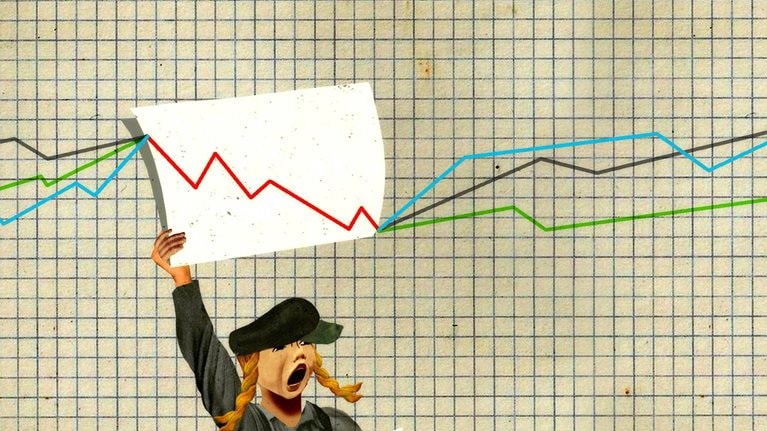You can’t judge a book by its cover, and you certainly can’t judge a stock-price-to-company-earnings (P/E) story by its headline. From shortly after the global COVID-19 pandemic hit in 2020 until well into 2022, the headline for P/Es was higher multiples. Yet one needn’t dig too deep to uncover the real story: there was a sharp divergence between the weighted average P/E multiple and the median P/E.
It makes sense that the weighted average P/E would be (and is) the official P/E multiple: it presents P/Es by weighting market capitalizations—revealing rather than obscuring where investors actually invest. But a weighted average approach can also distort one’s perception of what’s going on among a broader swath of companies, particularly when a lot of money is chasing a few particular stocks. Merely because the P/Es of a small number of companies become very high does not mean that the P/Es for a larger number of other companies can reach the same heights. That’s why it’s always helpful to consider median P/Es, as well. Eventually, investors figure out that some companies are delivering their future earnings at a high price and that others are doing so at a relative bargain. We would expect that a significant divergence between weighted average and median P/Es will eventually become untenable. By mid-2022, it was.
Another prominent divergence occurred at the turn of the 21st century, during the run-up of dot-com stocks and the surging stock prices of a few very large non-dot-com companies. The valuations for both soared—until their prices began to teeter and then, particularly for many dot-coms, completely collapse (one is reminded of Ernest Hemingway’s description of how a bankruptcy came about: “Gradually, then suddenly.”). But for a broader range of companies, when considering median P/Es, there was neither a boom nor a bust. Median P/Es were relatively stable not only during 2020–22 and 1997–2002 but also during the nearly two decades in between. In fact, since the late 1980s, median P/E multiples have rarely traversed a tight band of between 15 and 17 times earnings. The arithmetic mean from 1990 through June 2002 sits almost precisely in the middle: 15.9.

None of this means that individual companies cannot break from the pack. The cautionary tale, rather, is for those inclined to take good ideas too far, such as by going all in on a “new economy” without thoroughly understanding the technology and broader dynamics or by aiming for bigness merely for bigness’s sake. The way that companies create real value consistently comes down to minding the fundamentals: strengthening competitive advantage, growing in a sustainable way, having the courage to innovate, and focusing relentlessly on the business rather than fixating on—ironically—the P/E. Capital may take a periodic divergence, but invariably it corrects and rewards the basics.
As economist Benjamin Graham famously taught: “Price is what you pay; value is what you get.1


